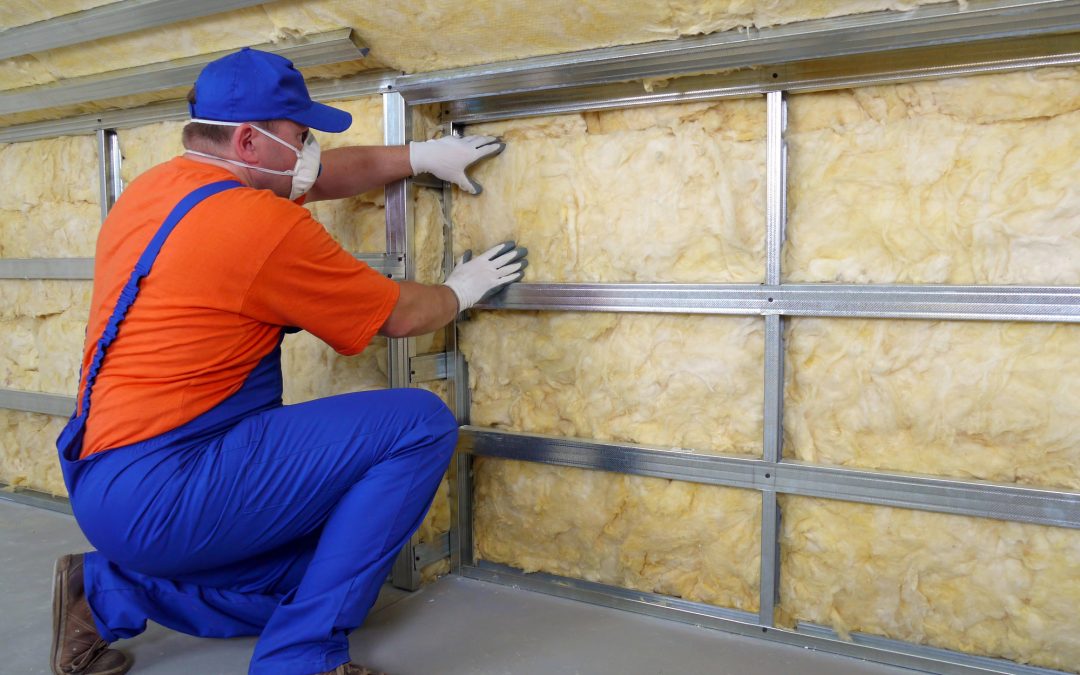


When it comes to longevity and adaptability, metal buildings are unmatched in modern designs.
Effective insulation, however, is the key to long-term comfort, energy economy, and durability.
Adequate insulation becomes increasingly important when temperatures change, and energy expenses grow.
This detailed article explores the tools, methods, and best practices for converting metal buildings into functional, cozy areas.
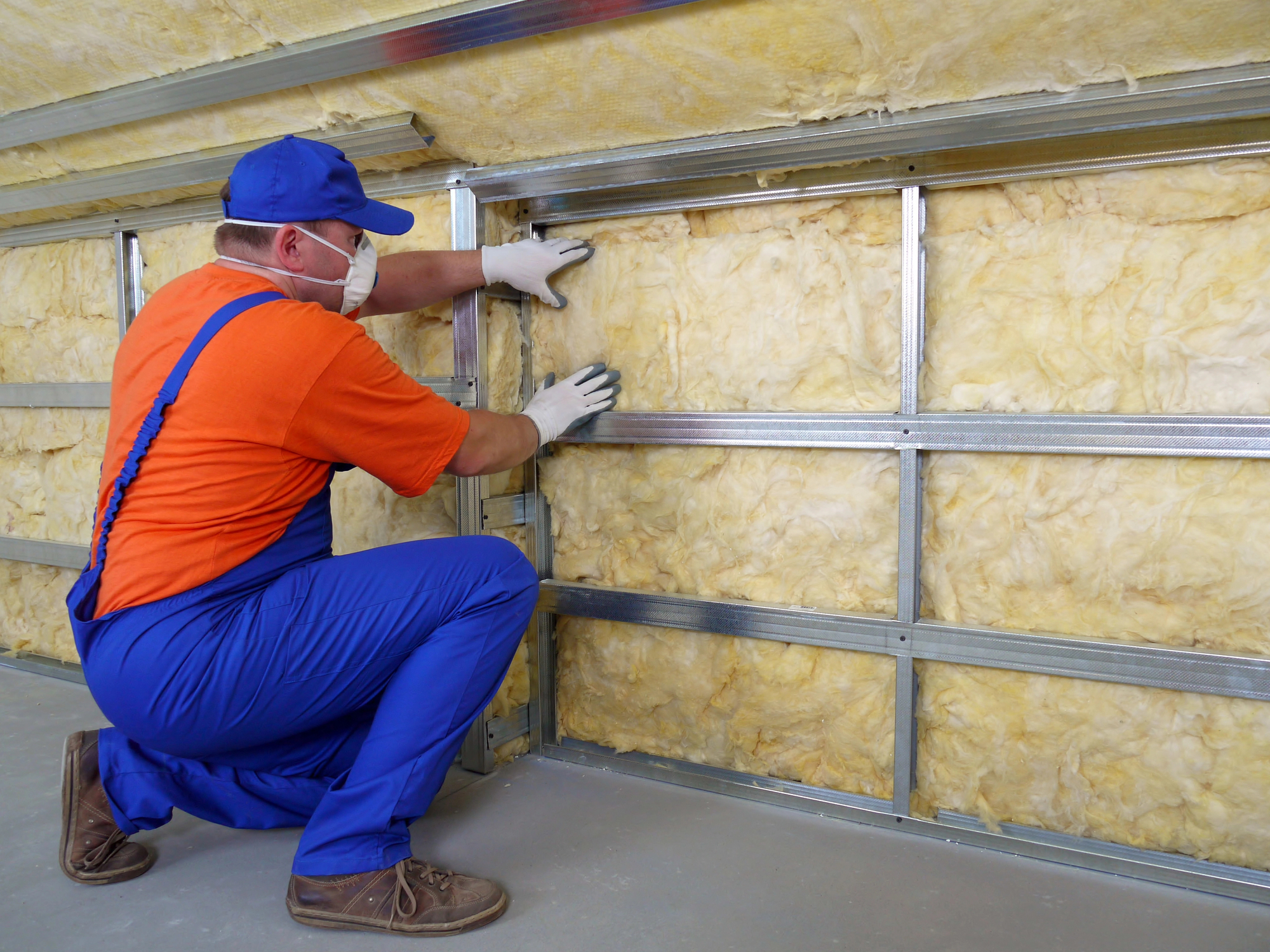
How to insulate a metal building?
For a metal building to be comfortable all year round, energy-efficient, and long-lasting, insulation is an essential project. The procedure includes choosing the appropriate insulating materials and using practical methods that are specific to the specifics of metal constructions.
Assessing the building’s intended usage and climate will help you choose the right insulation R-value, which measures the material’s thermal resistance.
Foam board, reflective foil insulation, and fiberglass are common insulation materials for metal buildings. To establish a thermal envelope that stops heat transmission and keeps the inside temperature constant, install insulation in the walls, roof, and floor.
Gaps and joints must be sealed to prevent air penetration, minimize energy loss, and improve the performance of the insulation. A vapor barrier should also be taken into account to control moisture and avoid problems like condensation that over time could jeopardize the structural integrity of the structure.
Knowing the particular insulation requirements of the building is essential, whether you’re insulating a residential structure, factory, or metal warehouse.
In addition to maximizing energy efficiency, this comprehensive approach to insulating contributes to the longevity and general performance of the metal structure by fostering a cozy and sustainable atmosphere.
In addition, the installation procedure is crucial to guarantee the efficacy of the insulation. Install insulation materials correctly, paying close attention to the manufacturer’s instructions and suggested procedures.
Applying a continuous layer of insulation to walls that is free of gaps or compression is necessary, and for roof insulation, making sure the fit is seamless and securely fastened is critical to preventing heat loss.
Energy efficiency can also be improved by installing a radiant barrier in the roof assembly, which will greatly reflect radiant heat.
To further maximize temperature control within the metal building, take into account cutting-edge techniques like the utilization of thermal mass and cool roofs in addition to conventional insulation measures.
The gradual absorption and release of heat by thermal mass materials, such as masonry or concrete, contributes to the stabilization of interior temperatures. Reflective materials applied to cool roofs minimize heat absorption, hence reducing the demand for large-scale cooling equipment.
A metal building’s insulation is a complex procedure that requires careful consideration of the materials, methods, and surrounding conditions. Investing in a comprehensive insulation plan is a prudent and long-lasting decision because it not only offers immediate benefits like energy savings but also adds to the general longevity and robustness of the metal structure.
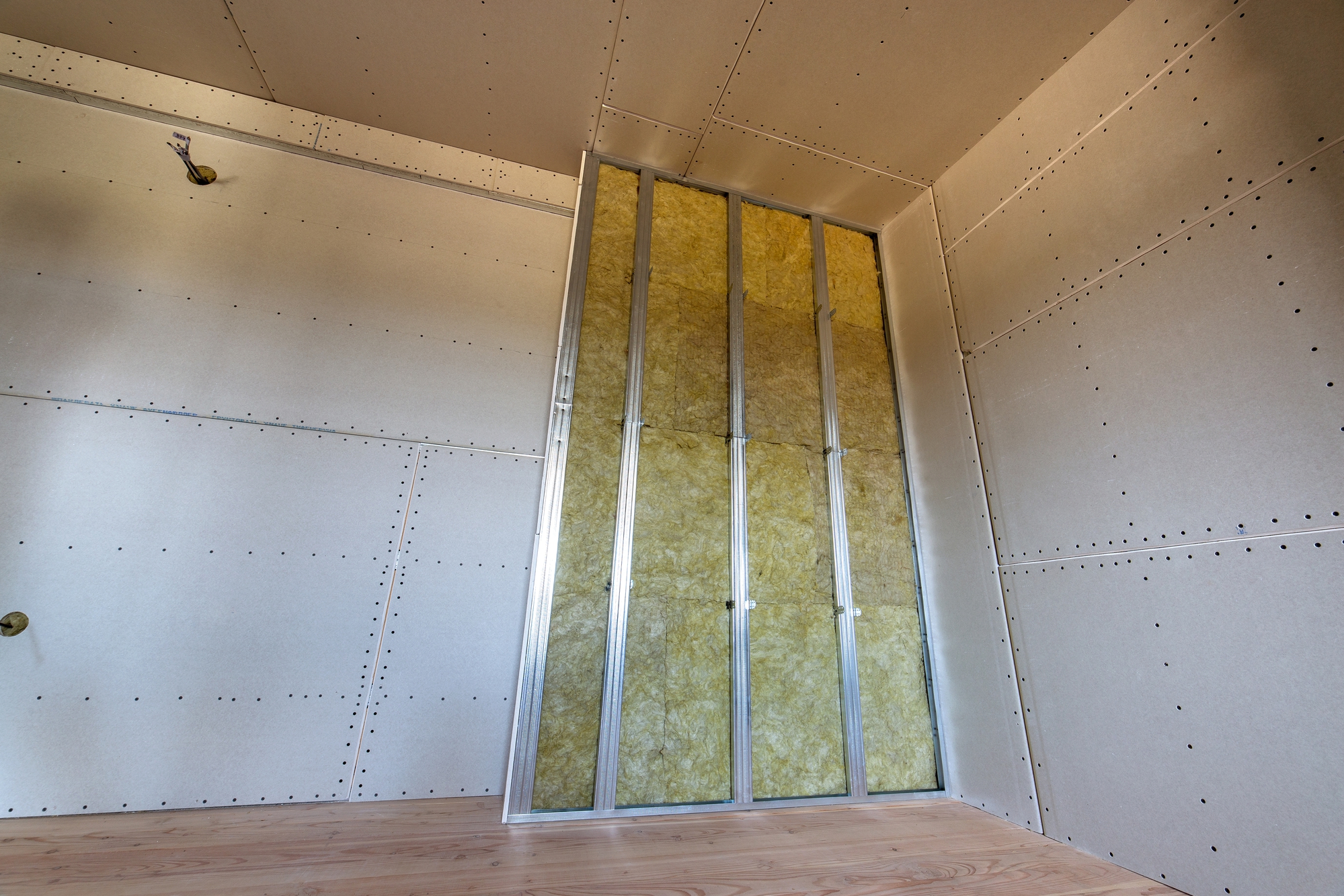
Best insulation for metal buildings
Selecting the ideal insulation for metal buildings is a crucial choice that can have a big impact on the structure’s overall performance, comfort, and energy efficiency. Fiberglass insulation is one of the best options because of its outstanding thermal resistance, affordability, and versatility.
With its straightforward installation, it offers a dependable barrier against heat transmission on floors, walls, and roofs. Spray foam insulation with closed cells is a powerful option for people looking for improved thermal performance. Its smooth application produces an airtight seal that keeps moisture out while providing excellent insulation. It’s important to consider long-term performance, structural advantages, and thermal resistance when choosing the finest insulation for metal buildings.
Open-cell spray foam insulation offers superior insulation as well as functioning as a sound barrier to stop noise from entering the building. Its dual purpose makes it a desirable choice for a range of settings, including residential metal buildings and workshops.
Another attractive alternative is reflective foil insulation, especially for rooftops. By reflecting radiant heat away, this barrier helps to lower interior temperatures and lessens the need for air conditioning systems.
Rigid foam board insulation also has high R-values, which makes it a great option for spaces that are constrained. It is especially appropriate for metal constructions because of its strength and resistance to dampness.
The ideal insulation option ultimately depends on some variables, including the climate, the building’s needs, and the available funds. A well-planned mix of different insulation kinds, specific to the requirements of metal building, can produce a long-lasting, cozy, and robust area that is low on energy.
Combining different types of insulation might be beneficial in areas that frequently experience extreme weather, like scorching summers or bitterly cold winters. For example, combining reflective foil insulation with fiberglass batts results in a complete solution that handles both radiant and conductive heat transmission.
A seamless and well-fitting application reduces the chance of thermal bridging and maximizes the efficiency of the insulation. Installation technique also has a big impact.
It’s also crucial to take the environmental impact and life cycle costs into account. Eco-friendly solutions offer sustainable alternatives without sacrificing functionality, such as cellulose insulation or recycled denim. In summary, the optimal insulation for a metal building is a carefully considered combination that complements the particular needs of the construction and achieves a balance between total value, durability, and thermal efficiency.
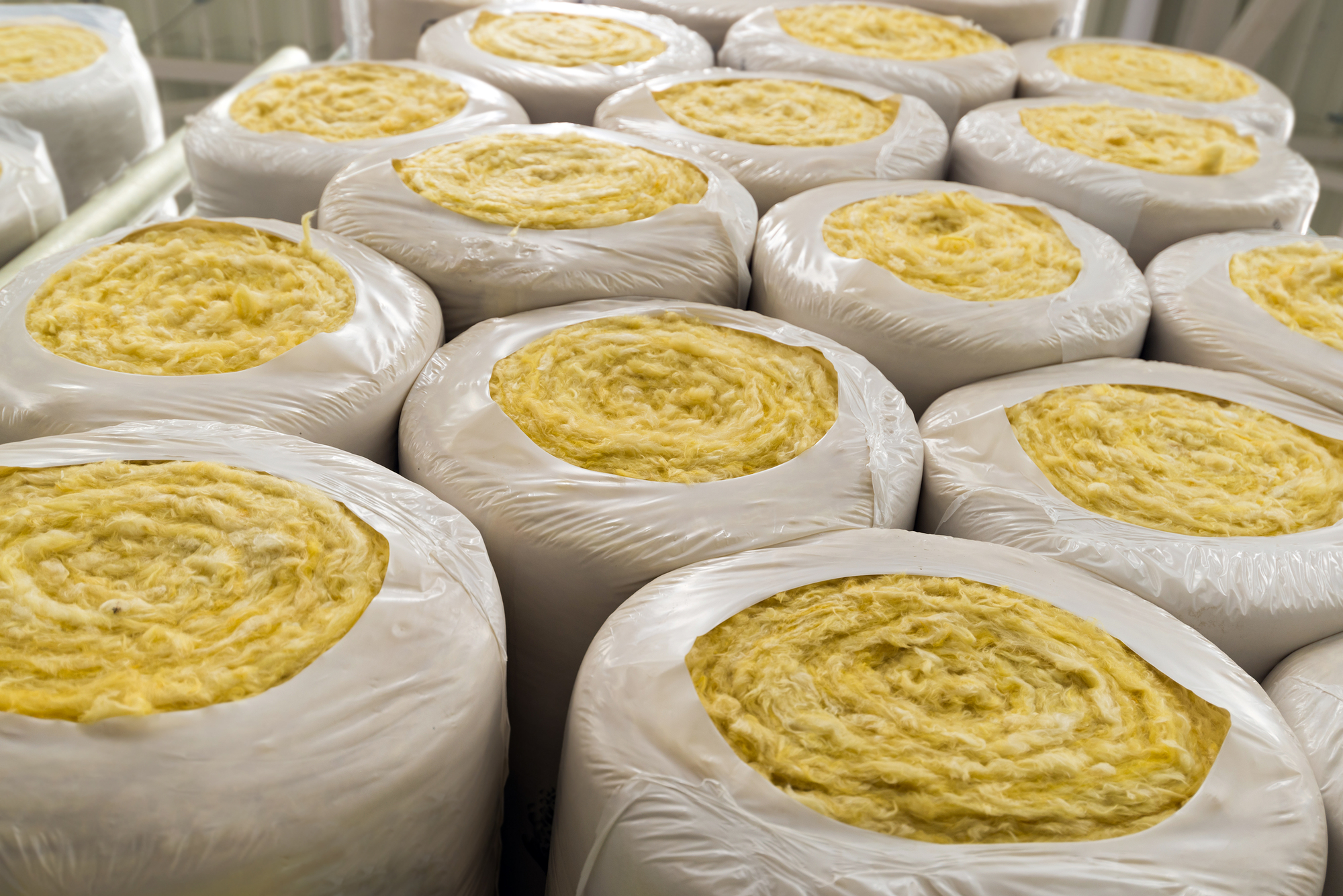
Roll insulation for metal buildings
Roll insulation is a strong option that combines affordability, ease of installation, and efficiency for insulating metal buildings. This flexible insulation, which is usually made of fiberglass, comes in handy rolls that make it easy to apply in different areas of a metal building.
Roll insulation may be simply cut to match any size for walls, ceilings, or floors, making it a hassle-free option for both do-it-yourselfers and expert installers.
Roll insulation has excellent thermal performance because it forms a sturdy thermal barrier that successfully stops heat transmission and keeps the interior atmosphere comfortable.
Because of its climate adaptability, it can be used in both hot and cold areas. Roll insulation is not just insulating; it’s also a great absorber of sound, making the interior atmosphere more comfortable and peaceful.
The affordability of roll insulation is one of its best qualities, which makes it a desirable choice for people watching their spending. Roll insulation for metal buildings is a useful and effective solution that strikes the ideal mix between functionality, adaptability, and cost-effectiveness, guaranteeing that the building maintains its thermal efficiency and comfort levels without sacrificing budgetary concerns.
It is imperative to recognize certain possible disadvantages. Because roll insulation can be difficult to cut and fit, it might not be the best option for limited or uneven spaces.
Furthermore, gaps and compression may appear with improper installation, reducing its effectiveness.
Moreover, even though roll insulation has a respectable level of sound absorption, its acoustic performance might not be as good as that of other specialist materials.
The need for a vapor barrier in roll insulation becomes essential since poor moisture control can result in problems like mold and mildew. Improper sealing of the seams between rolls can lead to air penetration sites, reducing the efficiency of the insulation.
Furthermore, while roll insulation is typically less expensive, higher-quality alternatives could require a bigger upfront payment. As with any insulation material, the key to minimizing the drawbacks and guaranteeing that roll insulation functions as best it can for the duration of the building is to carefully assess the unique requirements of the metal building and to follow exact installation procedures.
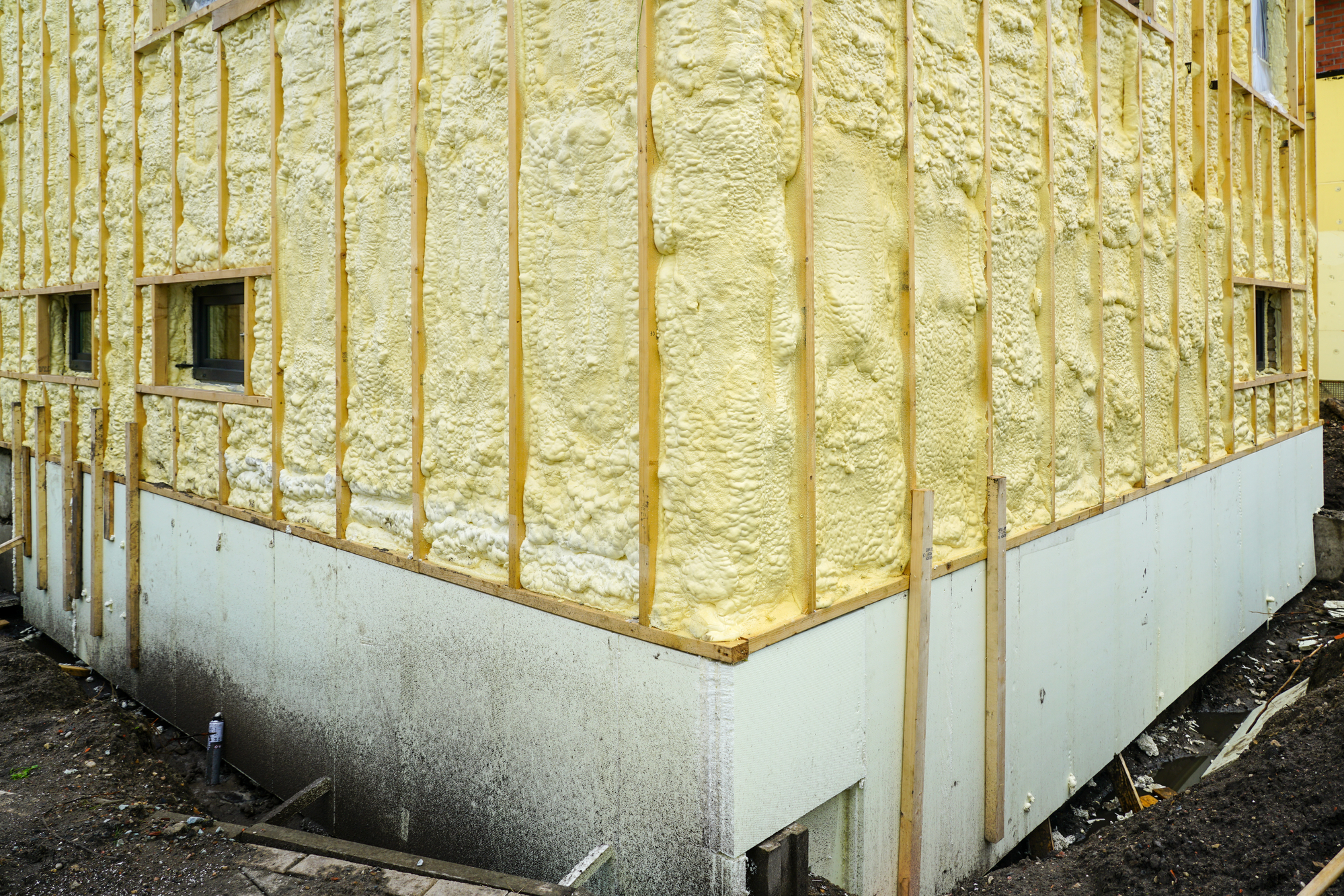
Pros and Cons of spray foam insulation in metal buildings
With several compelling benefits, spray foam insulation is a cutting-edge method for insulating metal buildings. Its unmatched capacity to form a smooth, airtight barrier is one of its most notable advantages.
When sprayed, spray foam expands and solidifies as a liquid, packing tightly into irregularities and cracks to prevent air leaks. Not only does this airtight seal improve energy efficiency, but it also offers superior sound insulation, making the interior environment more comfortable and peaceful.
Spray foam is perfect for intricate constructions because of its adaptability, which guarantees full coverage on the walls, roofs, and floors.
Nevertheless, there are some things to keep in mind despite spray foam insulation’s amazing advantages. A significant drawback is the upfront expenses, which may be greater than those of conventional insulation materials.
Even though there may be long-term energy savings, some people may find the upfront cost to be a concern. Furthermore, to guarantee an even application, it is advised that specialists manage the installation since it is quite important.
Moreover, using specific formulas during installation may cause off-gassing, necessitating sufficient ventilation.
The outstanding R-value of spray foam insulation, which indicates its excellent thermal resistance, is another persuasive benefit. This characteristic lessens the need for heating and cooling systems by allowing metal buildings to maintain a steady and comfortable temperature.
Specifically, the closed-cell spray foam kind provides exceptional structural support by making the building stiffer and strengthening its overall.
Given these benefits, there may be a disadvantage, such as the requirement for exact application. The performance of insulation can be compromised by improper mixing or poor installation, which can result in problems like uneven insulation thickness.
Furthermore, even though spray foam successfully blocks moisture, any previous water problems in the building need to be resolved before installation to avoid any troubles.
Although the versatility of spray foam insulation in different regions is a benefit, over time it may cause structural stress due to its tendency to expand and contract with temperature swings. Lastly, even if it is small, continuous maintenance is necessary to fix any wear or damage that can affect its long-term effectiveness.

The cheapest way to insulate a metal building
One of the most economical ways to insulate a metal building is to use fiberglass batt insulation when money is of the utmost importance. An appealing option for do-it-yourselfers is fiberglass batts because they are affordable, easily accessible, and installable without the need for specific tools or specialist knowledge.
The installation procedure is made simpler and labor costs are reduced with these pre-cut batts since they are made to meet normal stud and joist spacing.
Reflective foil insulation is another inexpensive option. It is available in rolls and offers a cheap way to insulate metal roofs. Especially in warmer areas, the reflective foil helps to deflect radiant heat and keeps the inside cooler.
It is simple to install this kind of insulation and it doesn’t require specialized equipment or a lot of training.
While cost-effectiveness is a significant advantage, it’s crucial to consider the long-term energy savings and overall insulation needs of the metal building. While cheaper upfront, these options may have slightly lower R-values compared to more premium insulation materials.
Therefore, assessing the specific requirements of the building and climate conditions is essential to strike the right balance between cost and insulation effectiveness.
Blown-in insulation is an additional affordable option to fiberglass batts and reflective foil insulation. Using specialized equipment, this loose-fill insulation—which is usually composed of fiberglass or cellulose—is sprayed or blown into the required areas.
Its capacity to cover a variety of irregular and difficult-to-reach locations ensures a more thorough and effective insulation process, which contributes to its cost-effectiveness. Blown-in insulation is a cost-effective solution for obtaining consistent covering and is especially useful for big or open areas in metal buildings.
The most affordable method of insulating a metal building ultimately comes down to the project’s objectives and the particular needs of the structure.
Owners of metal buildings can find an affordable yet effective insulating option by carefully evaluating the needs of the building, the local climate, and their financial restraints.
The concerns and alternatives discussed today highlight the need for a customized strategy in the endeavor to insulate metal buildings successfully. Every alternative has advantages, whether you choose with fiberglass batts, reflective foil insulation, or blown-in insulation because they are more affordable, or you go with more sophisticated solutions like spray foam because of their better performance.
The decision ultimately comes down to striking a careful balance between the unique requirements of metal construction, the environment, and financial limitations.
Realizing that there is no one-size-fits-all insulating material is crucial. Each has advantages and disadvantages that necessitate a careful analysis depending on variables like climate, simplicity of installation, and long-term benefits.
The voyage through insulation considerations today emphasizes the need for a thorough plan that carefully balances the use of materials and practices to enhance longevity, comfort, and energy efficiency.
The secret is to match the insulation strategy to the particular requirements of the metal building at hand, whether you want to go for the most innovative solution or the most economical one.
Contact National Star Carports today for a quote for your new metal building.

